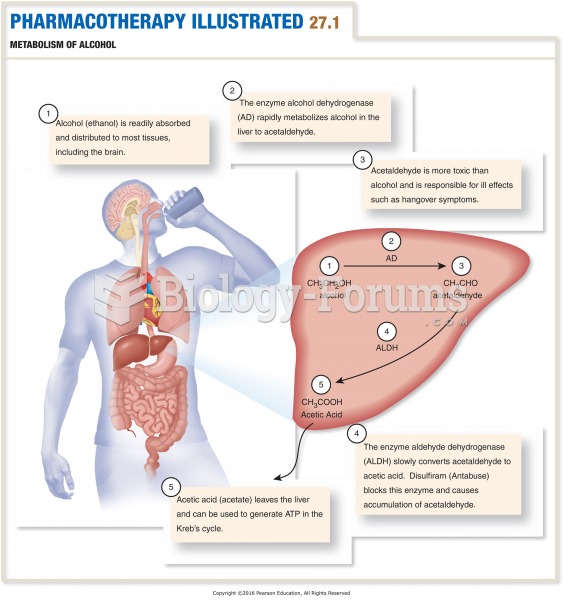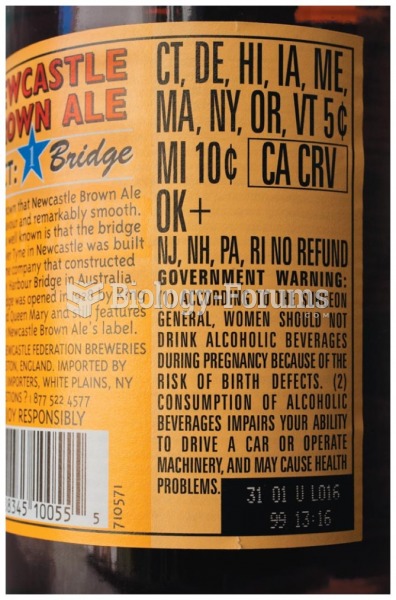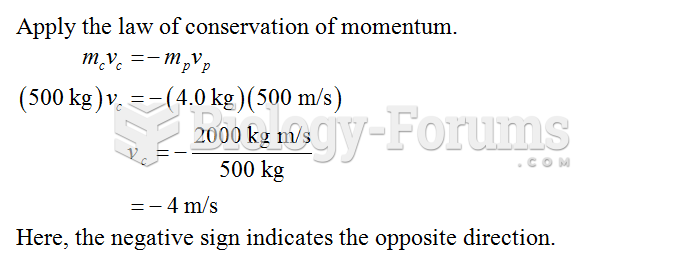|
|
|
The most common treatment options for addiction include psychotherapy, support groups, and individual counseling.
Drying your hands with a paper towel will reduce the bacterial count on your hands by 45–60%.
Persons who overdose with cardiac glycosides have a better chance of overall survival if they can survive the first 24 hours after the overdose.
About 100 new prescription or over-the-counter drugs come into the U.S. market every year.
There used to be a metric calendar, as well as metric clocks. The metric calendar, or "French Republican Calendar" divided the year into 12 months, but each month was divided into three 10-day weeks. Each day had 10 decimal hours. Each hour had 100 decimal minutes. Due to lack of popularity, the metric clocks and calendars were ended in 1795, three years after they had been first marketed.







